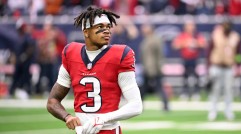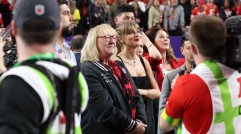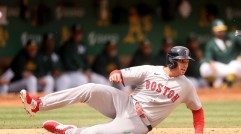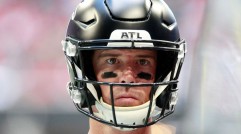Latino Enclaves Throughout the United States
Mounting minority populations led to the development of Little Italys, Koreatowns, Little Havanas, Little Manilas, Jewish quarters, Chinatowns, Ghettos, Barrios/Bairros and ethnic-isolated pigeon-holed areas. Latino-American ethnic-concentrated areas that breed on self-sufficiency and have a defined identity are popular throughout the United States.
Adams Morgan, Washington D.C., is known for its Bolivian, Peruvian, Ecuadoran and Central American Hispanic population. Brazilians populate Framingham, Mass. Peruvians understandably have planted in Little Lima, Paterson, N.J. Central Falls, R.I., has a large Colombian and Central American population. East Los Angeles is predominately Mexican. Chicago is the city that boasts the largest Hispanic population outside of the Southwest U.S., and Hondurans have made parts of the city of New Orleans their own. There are hundreds of neighborhoods throughout the U.S. where Latinos dwell and function; those neighborhoods represent a great deal of Latino-owned business and services.
Spanish Harlem, East Los Angeles, and Chicago are some of the nation's most recognizable enclaves for Latino Americans, often shown in media and pop culture. These ethnically exclusive areas eliminate language and cultural barriers for new arrivals, and help to incorporate those individuals into the local job market. These areas also cultivate national charms, and reproduce the greater city in which these enclaves are located on a smaller scale. The distinct social identities of these areas are apparent to those who live outside of the area. Nonetheless, Latino populations are ever-shifting, and nest in varied areas.
"Declaring any neighborhood as the definitive Little Mexico is a fool's errand: The general population is still unsettled and shifting, particularly amid the pressures of gentrification. That said, Sunset Park's Mexican community is relatively large and well-established, with a bustling commercial corridor along Fourth and Fifth Avenues," said Kirk Semple of The New York Times. "The densest population of Mexicans is in an area bounded by Second and Fifth Avenues to the northwest and southeast, stretching from about 35th Street to about 63rd Street. Along Fourth and Fifth Avenues, Mexican entrepreneurship lends a powerful flavor to the mix."
Enclaves continue to form in the United States -- many sprouting in New York City, which is singularly one of the most diverse cities in the nation. Ghanaians have assembled in the Bronx, Arabs in Brooklyn, and Sri Lankans in Staten Island. Ecuadoreans have taken root in Corona, Queens; and Salvadorans have made their place in Flushing, Corona,Williamsburg and Parkchester.
Subscribe to Latin Post!
Sign up for our free newsletter for the Latest coverage!














